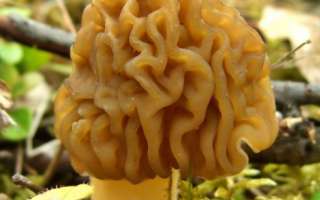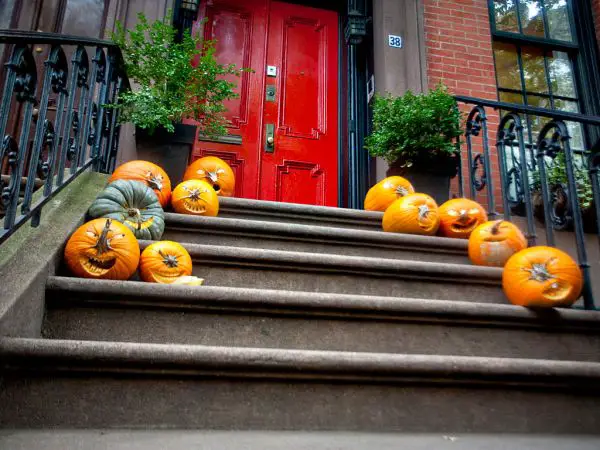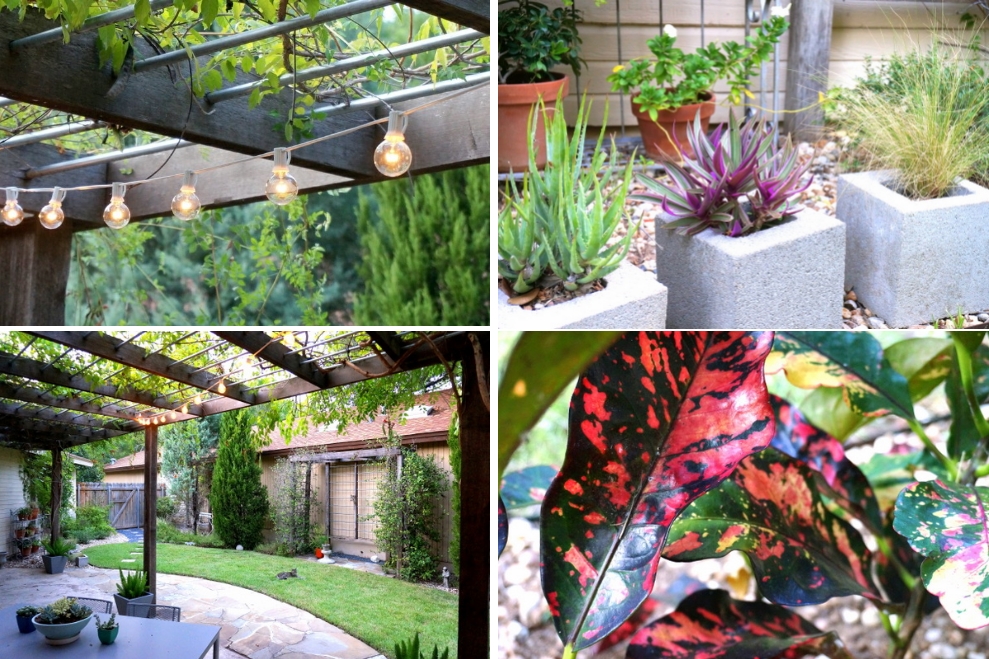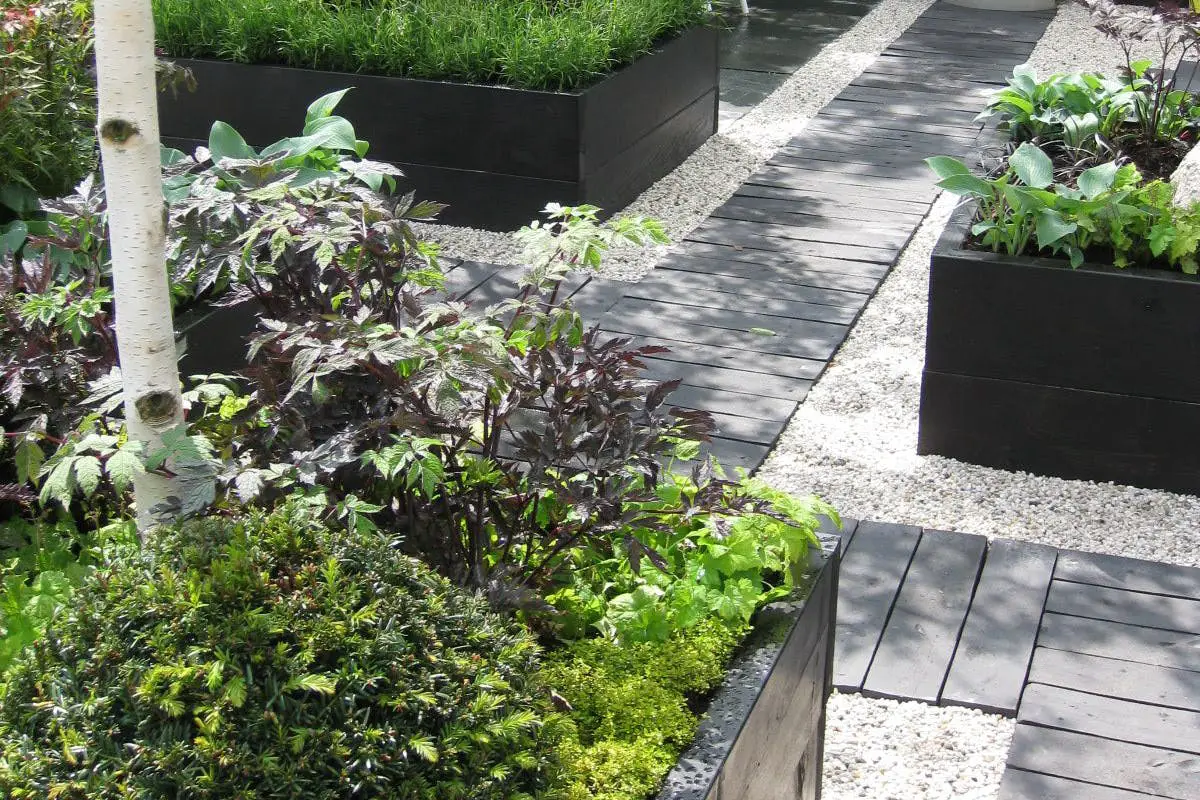Chanterelle cap: photo and description, edibility
The chanterelle cap outwardly resembles a dome of a closed umbrella with a corrugated surface. This mushroom belongs to the chanterelle family and the cap genus. It is considered the earliest fungus in temperate climates and is considered conditionally edible.
Description of the morel hat
The morel hat (pictured) is a spring mushroom that can reach a height of up to 15 cm. Color varies with age and growth location. In young specimens, the color is brown, turning yellow or dark beige as it grows. The flesh is cream in color, thin on the cap and fleshy on the stalk, brittle, has a pleasant smell and a weakly pronounced taste.
Description of the mushroom hat
The upper part of the fruiting body has a conical shape with an uneven, wavy, vertically folded surface. In the middle it is attached to the stem, the edges are lowered.
The photo shows an adult mushroom with a tubular cap that does not open in any growth phase. Its average length is 4-6 cm, width is 4 cm. The surface is dry, smooth and slightly transparent.
Description of the leg
The shape is cylindrical, slightly compressed laterally and can be erect or curved. Wider at the foot than at the top. There are specimens with an overgrown base of the mushroom body.
In old mushrooms, the structure is hard, hollow, fibrous and the surface is finely scaly. In young specimens it is firm, with a porous mass of flesh. Length – 10-15 cm, width – 2.5 cm. A third of the length of the leg is covered with the hat.
What is the morel hat called?
The morel hat is also known under different names:
- Czech Verpe;
- Cone-shaped morel hat;
- Morchella bohemica;
- delicate morel hat;
- Cap.
The species got its name due to the resemblance to the better known and more common edible morel hat.
Edible mushroom or not
The fruiting body has an odor when raw, but no taste. It must not be consumed without special processing, as it contains toxic substances that can cause mild poisoning. In European countries, the fungus is considered a non-edible allergen. In Russia, the species is classified in the last category of nutritional value and can be eaten only after heat treatment.
How to prepare a chanterelle mushroom
- The collected harvest is first soaked (for 2 hours) in cold salted water with citric acid. During this period, insects leave the fruiting body, and waste accumulates.
- The stalk of the mushroom body is cut off.
- Then the mushrooms are boiled for 15-20 minutes, the broth is drained, since it contains toxic substances.
- The mushrooms are rinsed with hot water and excess liquid is drained.
After processing, the material is ready for use. You can prepare the chanterelle mushroom like any other mushroom. The fruit bodies are fried, stewed with vegetables, boiled into soup. Processed hats can be dried, they will retain their shape and flavor. Czech morel can be used for winter storage or frozen in a freezer. Fruit bodies are versatile and have a good taste.
How to pickle
It is best to prepare spring mushrooms as raw material with marinade. The technology involves thermal processing. One of the easy marinated chanterelle cap recipes includes the following ingredients:
- 2 kg processed caps;
- 1 liter of water;
- 2 tsp salt;
- 0.5 tsp citric acid;
- 2 tablespoons of sugar;
- 5 tablespoons vinegar (6%);
- 5 bay leaves.
Add pepper and cloves to taste.
- Sterilize jars, fill with mushrooms. Add all the ingredients to the water (except the vinegar). Boil for 10 minutes and add the vinegar. Pour the boiling marinade over the mushrooms. Seal with lids.
- Sterilize jars, fill with mushrooms.
- Add all the ingredients to the water (except the vinegar).
- Boil for 10 minutes and add vinegar.
- Pour the boiling marinade over the mushrooms.
- Seal with lids.
Wrap the jars in a blanket and leave for a day, then put in the basement.
How to bake mushrooms in cream
The recipe is designed for 0.5 kg of processed mushroom caps. The ingredients of the dish are:
- 2 tablespoons butter;50 g hard cheese;1 tablespoon flour;1 egg;250 g cream.
- 2 tablespoons butter;50 g hard cheese;1 tablespoon flour;1 egg;250 g cream.
- 2 tablespoons butter;
- 50 g hard cheese;
- 1 tablespoon of flour;
- 1 egg;
- 250 g cream.
Preparation of the mushroom cap in cream:
- Cut the mushrooms and sauté them in butter. Add salt and spices to taste. Add flour and fry for 3 minutes. Deglaze with cream and simmer for 5 minutes.
- Cut the mushrooms and sauté them in butter. Add salt and spices to taste. Add flour and fry for 3 minutes. Deglaze with cream and simmer for 5 minutes.
- Cut the mushrooms and sauté them in butter.
- Add salt and spices to taste.
- Add flour and fry for 3 minutes.
- Deglaze with cream and simmer for 5 minutes.
Put the contents of the pan on a baking sheet, pour over the beaten egg and sprinkle with cheese. Bake at t +180 0 C until golden brown.
How to pickle mushrooms
Recipe for pickling chanterelle hats:
- Place 1 kg of processed mushroom bodies in a container. Sprinkle the mixture with 50 g of salt. Put a load on top.Let sit for 12 hours.
- Place 1 kg of processed mushroom bodies in a container. Sprinkle the mixture with 50 g of salt. Put a load on top.Let sit for 12 hours.
- Place 1 kg of processed mushroom bodies in a container.
- Sprinkle the mass with 50 g of salt.
- Put a load on top.
- Leave to rest for 12 hours.
During this time, the mushroom caps release liquid under the action of salt. Add 0.5 cups of water and bring to a boil. Add bay leaves, pepper and currant leaves in small amounts to salted water and boil for 2 minutes. Pour the mushrooms into jars and seal with capron lids.
Important! The product is ready after 60 days and should be stored in the refrigerator.
Where and how does the morel hat grow?
The species is not widespread, it occurs rarely. The biological lifespan is short, the fruiting body ages and disappears in 2 days. The first colonies appear in early May and the harvest lasts about 10 days. The morel cap grows in groups on moist soil in mixed forests and along water bodies in reed bushes. The main settlement of the species can be observed in Europe and in central Russia. They can be found in the Leningrad region and less often in the foothills of the North Caucasus.
Which mushrooms can you confuse the cap of a boletus with?
There are no official doppelgangers for this species, the boletus cap is more of a false boletus. At first glance, the hat resembles a boletus.
On closer inspection, there are clear differences. The shape of the cap in a porcini mushroom is convex, not dome-shaped on the stem, and divided into several parts. The stalk is funnel-shaped at the top, with an uneven surface. The top half of the mushroom is always darker than the bottom. It grows on roadsides and in coniferous forests.
Attention! The mushroom is poisonous and causes severe poisoning.
What is the difference between a chanterelle cap and a chanterelle?
There are no obvious differences between a chanterelle cap and a chanterelle. These species can easily be confused.
They grow at the same time and prefer moist soil. They belong to a group of conditionally edible mushrooms. And the way of processing their fruiting bodies is no different. If both types are mixed at harvest, that’s not a problem.
Grows in numerous groups, the first specimens can be found at the end of April. The biological cycle of the species is short. The size is larger than that of the hat moss, they can weigh up to 350 g. Inside, the fruit bodies are hollow and the structure is fragile. The cap is round or ovoid and fused to the stem at the rim, which distinguishes it from the Czech lorchel. The surface forms deep cells of various shapes. Young specimens are light beige and the older the specimen, the darker the color becomes. Dark brown specimens with gray tinges also occur. The stem is the same size as the cap, warty, cream or white, and thickened at the base. For comparison, a veil fungus is shown in the photo above, including the Czech lorchel.
The conclusion
The crested inktling is an early spring variety that grows in moist soils of mixed forests, along lakes, small rivers and swampy areas. It occurs from the North Caucasus to the European part. The fruit bodies are versatile and suitable for preservation in winter. They can be dried and frozen.

















